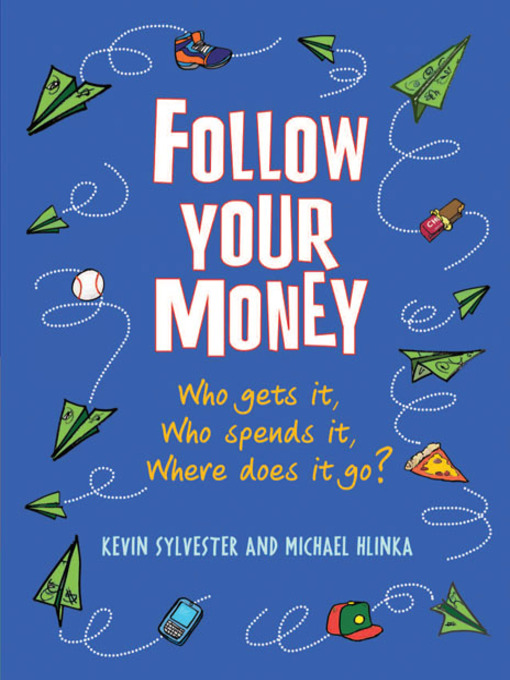What happens to your money after you hand it to the cashier?
You pay for that cool pair of shoes or a new CD. But what happens to that money once it leaves your hands? Who actually pockets it or puts it into the bank? This lively, kid-friendly book answers these questions and more:
Discover the trail your money takes as it goes to pay for everything including the raw materials used to make a product, the workers who produce it, and the advertisers who promote it.
Humorous illustrations demystify the process by providing a visual breakdown of all the elements involved in monetary transactions. Accessible and fun, Follow Your Money is a vital introduction to the way money flows.
Click on the images below to access podcasts created by the authors:
Profit: Movies:
Sales: Value:
Fuel: Surprises:
Credit:


